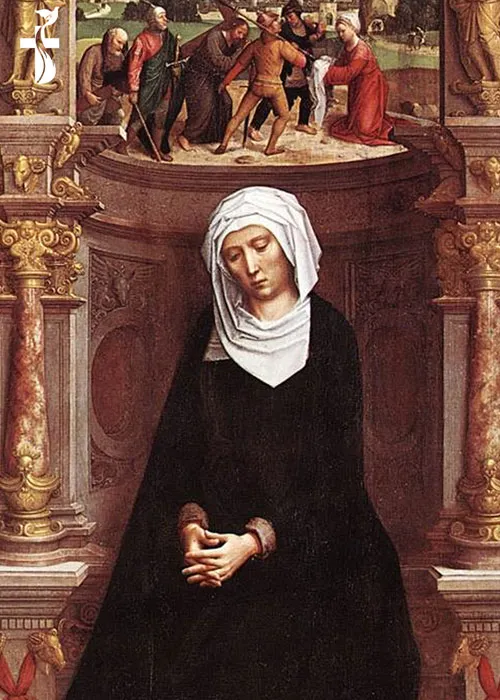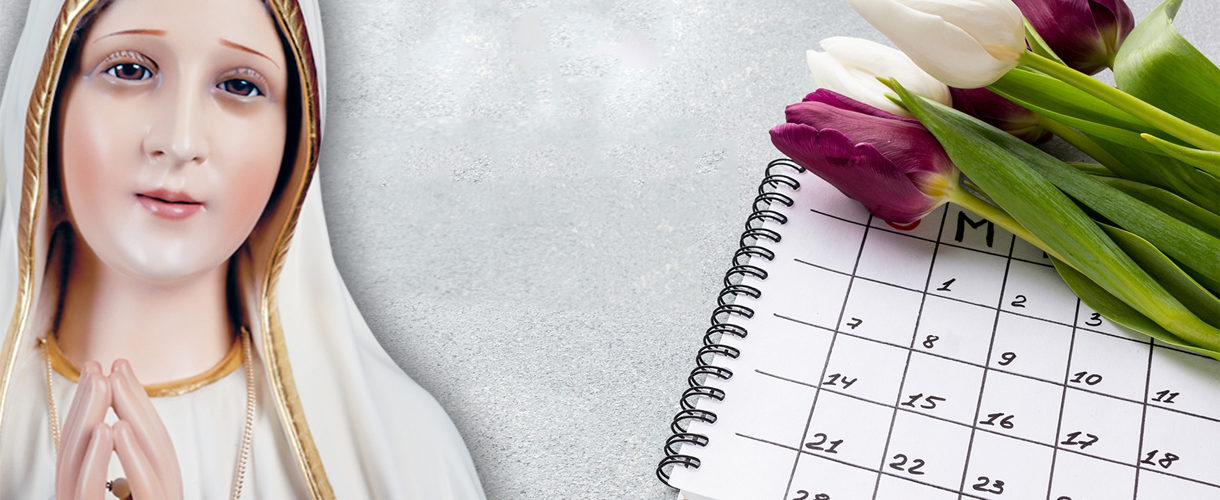
Our Lady Of Pity
Country : England
Year : 1109
This title refers to Mary’s compassion or grief on Calvary and was very common in medieval England. The pertinent image ultimately became the Pieta as we now know it: “Our Blessed Lady holding the afflicted Body of her dear Son, as He was taken down from the Cross, lying in her lap, named, the image of Our Lady of Pity.”
The devotion to Mary’s sorrows had its origin in meditation on Our Lady and St. John standing at the foot of the Cross on Calvary, her “compassion” in the deepest meaning of the word, “suffering with”.
It is first found in the writings of St. Anselm of Canterbury, 1109, and other monks of his age, then in an office attributed to St. Bonaventure and was later developed by such mystics as Blessed Henry Suso, Tauler, Gerson, and St. Bridget.
Many hymns were devoted to the theme of which few are now remembered, except STABAT MATER DOLOROSA, and the theme inspired many pictures and statues, especially in the form of the pieta.
Pope Leo XIII who had a special devotion to Mary’s sorrows and issued an encyclical letter on the subject, founded at the Church of St. Sulpice in Paris – a confraternity of Our Lady of Compassion or of Pity whose members pray for the return of Great Britain to the Catholic Faith; St. Pius X extended its object to all English-speaking peoples. Churches dedicated to Our Lady of Compassion or of Pity are known in England today.



